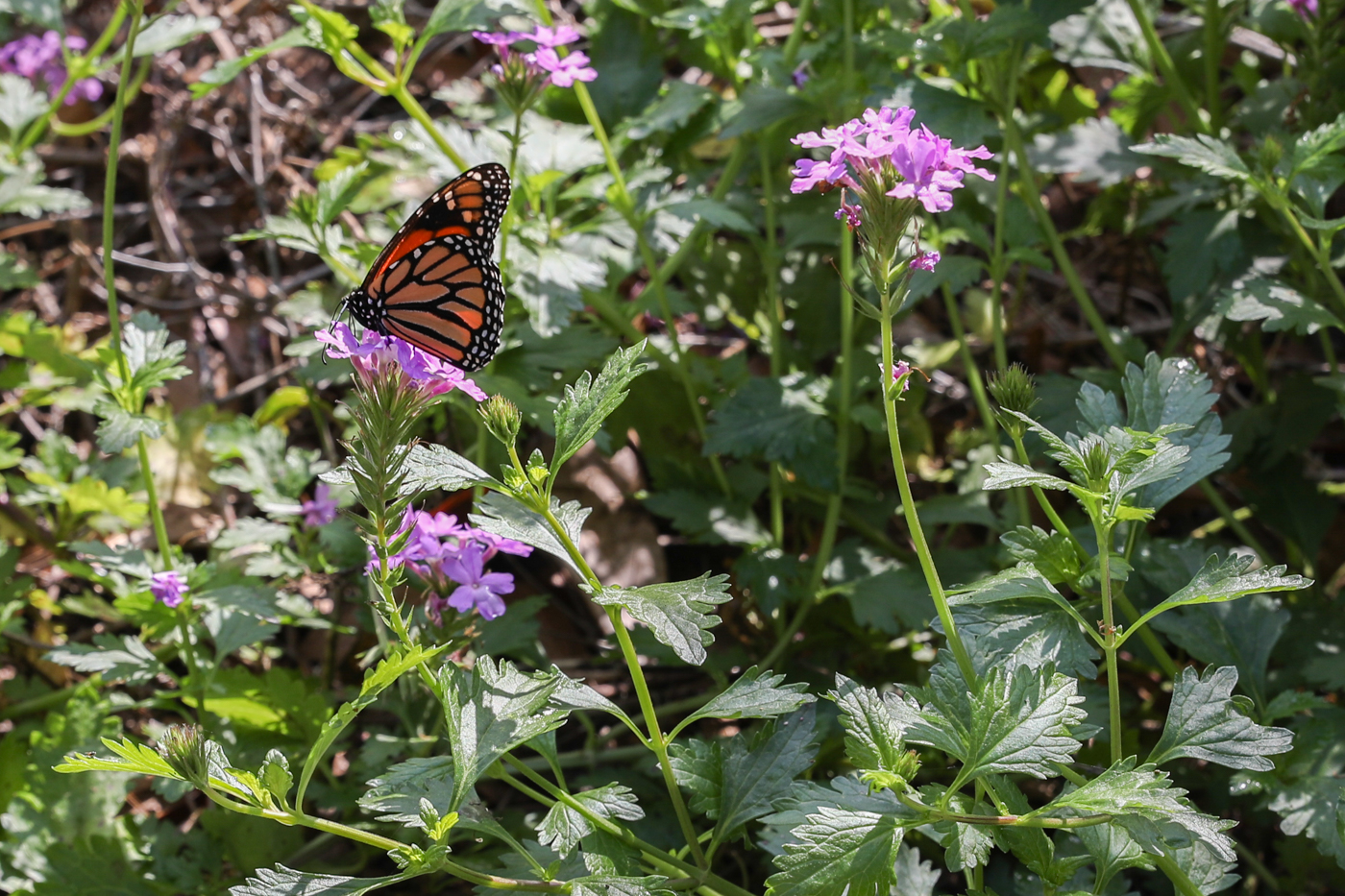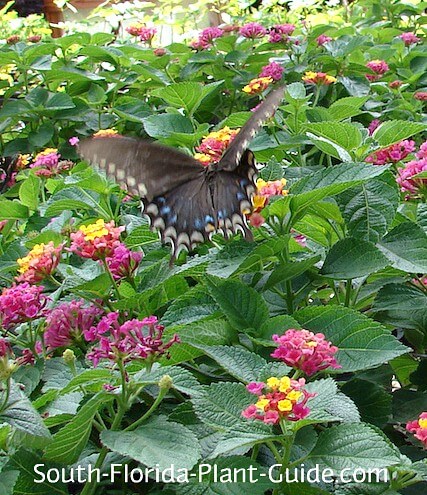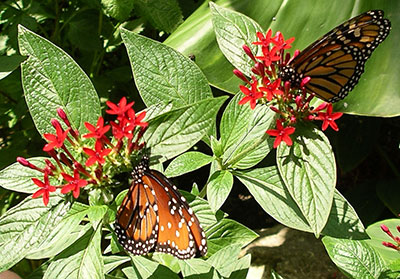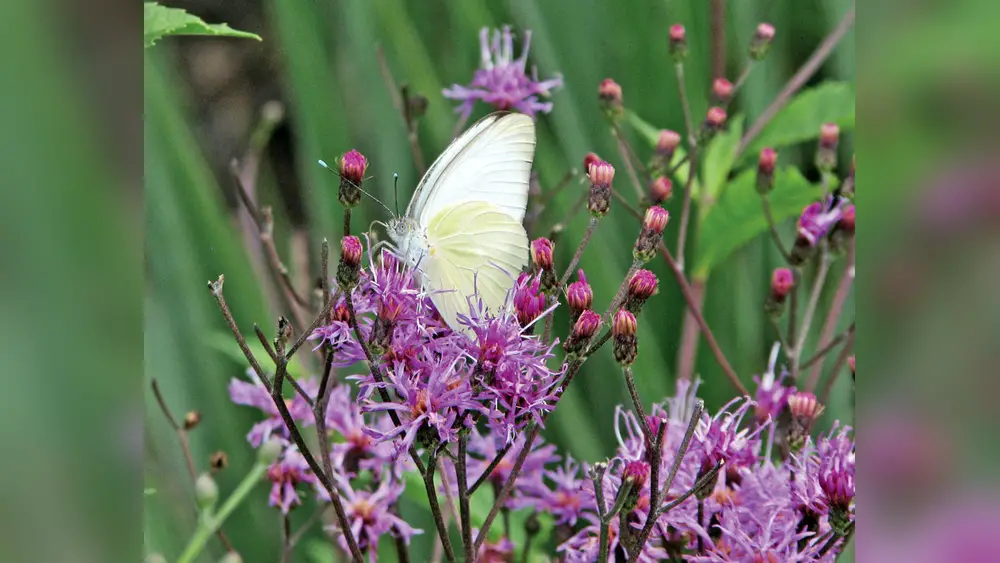If you want to bring more butterflies into your Florida garden, choosing the right plants is key. Butterflies need both food for their caterpillars and nectar for their adult selves.
By planting native Florida species, you’ll create a welcoming space that supports their entire life cycle. Imagine your garden bursting with color, alive with fluttering wings—this can be your reality. You’ll discover the best native Florida plants that attract and nourish butterflies all year round.
Ready to transform your garden into a butterfly paradise? Let’s dive in!

Credit: environmentamerica.org
Host Plants For Caterpillars
Host plants are vital for butterfly caterpillars. They provide the food caterpillars need to grow and transform. Without these plants, many butterfly species cannot survive.
Choosing native host plants helps support local butterfly populations. Native plants offer the right nutrients and environment for caterpillars. These plants also attract butterflies to your garden.
Milkweed Varieties
Milkweed is the main host plant for monarch caterpillars. In Florida, Swamp Milkweed (Asclepias incarnata) is native and easy to grow. Tropical Milkweed (Asclepias curassavica) also attracts monarchs but should be cut back in winter.
Milkweed leaves contain toxins that protect caterpillars from predators. Monarchs store these toxins in their bodies, making them less tasty to birds. Plant milkweed in sunny spots with well-drained soil.
Passionflower Types
Passionflowers serve as host plants for Gulf Fritillary and Zebra Longwing caterpillars. Passiflora incarnata is a native Florida species that grows well in gardens. The leaves provide food, and the flowers attract adult butterflies.
Passionflowers prefer full sun to part shade. They can climb fences or trellises, making them great for vertical garden spaces. Their fruit also attracts birds and other wildlife.
Dill And Other Hosts
Dill is a host plant for black swallowtail caterpillars. It is easy to grow and can be planted alongside other herbs. Fennel and parsley also serve as host plants for swallowtails.
These plants thrive in sunny locations with good drainage. They add diversity to your butterfly garden and provide important food for caterpillars. Using a mix of host plants ensures support for many butterfly species.

Credit: www.south-florida-plant-guide.com
Nectar Plants For Adults
Adult butterflies rely on nectar plants for energy. Nectar plants provide essential food sources for these vibrant pollinators. Choosing native Florida nectar plants attracts a variety of butterfly species. These plants bloom at different times, supporting butterflies throughout the year. Bright colors and sweet scents help butterflies find these flowers easily. Planting a mix of nectar sources creates a welcoming habitat for adult butterflies.
Lantana And Pentas
Lantana produces clusters of small, colorful flowers. It blooms almost year-round in Florida’s warm climate. Pentas display star-shaped flowers that attract many butterfly species. Both plants thrive in full sun and well-drained soil. Their nectar-rich flowers keep butterflies visiting for long periods.
Blue Porterweed And Firespike
Blue Porterweed has delicate blue flowers that bloom in spikes. It is drought-tolerant and prefers sunny spots. Firespike shows bright red tubular flowers that appeal to butterflies and hummingbirds. These plants add vertical interest and vibrant color to gardens. They support butterflies during summer and fall seasons.
Zinnias, Sunflowers, And Asters
Zinnias offer bold, daisy-like blooms in many colors. Sunflowers produce large flower heads filled with nectar. Asters bloom late in the season, providing food before winter. Together, these plants extend the nectar supply across seasons. They are easy to grow and attract a variety of butterfly species.
Azure Blue Sage
Azure Blue Sage features spiky blue flowers with a pleasant aroma. It grows well in sunny, dry conditions. Butterflies enjoy its nectar and often hover around its blooms. This plant adds a soft blue hue to butterfly gardens. Its long flowering period supports butterflies for many months.
Planting Tips For Butterflies
Creating a butterfly-friendly garden in Florida starts with smart planting choices. Butterflies need specific plants to thrive. These plants serve different purposes: some feed adult butterflies, others support caterpillars. Proper planting improves butterfly visits and survival. Follow these tips to build a vibrant space for butterflies.
Choosing Native Plants
Select plants native to Florida for best butterfly attraction. Native plants suit local butterflies’ needs well. They provide natural food and shelter. Avoid exotic or invasive plants that may harm the ecosystem. Native plants also require less water and care. Examples include Milkweed, Passionflower, and Buttonbush.
Mixing Host And Nectar Plants
Include both host and nectar plants in your garden. Host plants feed butterfly caterpillars. Nectar plants provide food for adult butterflies. A mix supports all life stages of butterflies. Plant Milkweed for monarch caterpillars and Lantana for nectar. This balance encourages butterflies to stay and reproduce.
Flower Shapes And Colors
Choose flowers with shapes that suit butterfly feeding. Flat or clustered flowers work best for butterfly landing. Bright colors like red, orange, yellow, and purple attract butterflies. Avoid flowers with deep tubes that are hard to reach. Diverse flower shapes and colors invite more butterfly species.
Sunlight And Soil Needs
Most butterfly plants need full sun to bloom well. Aim for at least six hours of sunlight daily. Well-drained soil helps prevent root problems. Florida’s sandy soil is ideal for many native plants. Amend soil with organic matter to improve water retention. Place plants where they can get sun and good airflow.

Credit: gardeningsolutions.ifas.ufl.edu
Seasonal Care And Maintenance
Seasonal care and maintenance keep native Florida plants healthy and attractive to butterflies. Proper upkeep encourages blooming and supports butterfly life cycles year-round. Each season requires specific tasks to ensure plants thrive and host butterflies effectively.
Cutting Back Tropical Milkweed
Cut tropical milkweed in late fall or early winter. This prevents disease and helps monarch butterflies migrate. Trim stems to about 6 inches above the ground. Removing old growth reduces the risk of parasites. New growth in spring attracts more butterflies and caterpillars.
Watering And Mulching
Water plants deeply but less often to promote strong roots. Mulch around plants to keep soil moist and cool. Mulch also controls weeds and adds nutrients as it breaks down. Use organic mulch like pine bark or leaves. Avoid overwatering, which can cause root rot and harm plants.
Pest Management Without Chemicals
Encourage natural predators like ladybugs and lacewings to control pests. Handpick harmful insects such as aphids or caterpillars if needed. Use insecticidal soap or neem oil sparingly and only on affected areas. Avoid broad-spectrum pesticides that kill beneficial insects. Healthy plants resist pests better and support butterfly populations.
Butterfly Species Supported
Florida’s native plants support many butterfly species. These plants offer food and shelter. Butterflies need host plants for laying eggs. Adults feed on nectar from flowers. Choosing the right plants helps butterflies thrive. Here are some key butterfly species supported by native Florida plants.
Monarch Butterflies
Monarchs depend on milkweed plants. Milkweed leaves are the only food for their caterpillars. Native species like Swamp Milkweed are ideal. Monarchs also drink nectar from various flowers. Planting milkweed boosts their population and survival.
Gulf Fritillaries
Gulf Fritillaries use passionflower vines as hosts. Their caterpillars feed only on passionflower leaves. Adults enjoy nectar from lantana and other bright flowers. Passionflower and lantana create a perfect habitat. They attract and support healthy fritillary numbers.
Zebra Longwings
Zebra Longwings also rely on passionflower plants. Caterpillars feed on passionflower leaves exclusively. Adult butterflies seek nectar from native blooms. Providing passionflower in gardens helps sustain this species. It encourages their presence and reproduction.
Swallowtail Butterflies
Swallowtails use a variety of host plants. Native parsley, dill, and rue serve as caterpillar food. Adults visit flowers like pentas and zinnias for nectar. Growing diverse native plants supports swallowtail lifecycles. This diversity attracts multiple swallowtail species to your garden.
Frequently Asked Questions
What Is The Best Plant For A Butterfly Garden In Florida?
Milkweed is the best plant for Florida butterfly gardens, supporting monarch caterpillars. Lantana and Passionflower also attract many butterflies. Include nectar-rich flowers like Pentas and Zinnias for year-round butterfly visits.
What Plants Attract Monarch Butterflies In Florida?
Milkweed, especially Swamp Milkweed, attracts monarch butterflies in Florida. Passionflower and Lantana also draw them. These plants provide nectar and caterpillar food.
What Native Plants Are Good For Attracting Butterflies?
Milkweed, Passionflower, and Dill serve as host plants for caterpillars. Lantana, Pentas, Blue Porterweed, Firespike, Zinnias, and Aster provide nectar for adult butterflies. These native plants attract and support various butterfly species effectively.
Can Butterfly Bushes Be Planted In Fl?
Butterfly bushes can grow in Florida but may struggle in humid, wet conditions. Choose native nectar plants like Lantana or Milkweed for better butterfly support.
Conclusion
Choosing native Florida plants supports local butterfly populations well. Milkweed, passionflower, and lantana attract many butterfly species. These plants offer nectar for adults and food for caterpillars. Planting a mix ensures butterflies visit your garden often. This simple step creates a lively, colorful outdoor space.
Enjoy watching butterflies thrive with native Florida plants.

